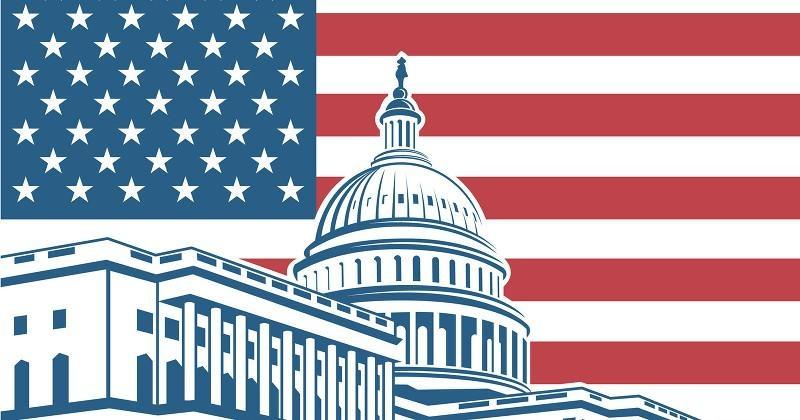
Through all of the twists and turns of this election, I’ve been confident about one thing: record-breaking turnout. Obviously, with the spread of a pandemic, I’ve started to question my projection a bit.
I first wrote about the potential for a record-setting turnout in December 2018, and for the most of the cycle it looked like a pretty safe bet.
According to the United States Election Project, turnout in 2018 was nearly 50 percent of the voting-eligible population, the highest for a midterm in more than a century. And President Donald Trump has consistently shown an ability to excite and turn out Republicans and Democrats.
Going back to 1914, the last midterm year when turnout surpassed 2018, the record for turnout in a presidential cycle was 63.8 percent in 1960, when John F. Kennedy defeated Richard Nixon. For some comparison, turnout was 61.6 percent in 2008, when Illinois Sen. Barack Obama mobilized a new coalition of Democratic voters, and 60.1 percent in 2016, when Trump mobilized a new coalition of Republicans. Over the past century, the average difference in turnout between a midterm and a subsequent presidential election has been 16 points. That would pin 2020 turnout at about 66 percent, setting a record.
Why It Could Drop
Now, with most of the country on lockdown, it’s hard to gauge the appetite for standing in line for a few hours to vote.
We’re still more than six months away from the fall elections, which feels like an eternity when each day can feel like a month. And no one can confidently predict the health of the nation in the fall. But in trying to look beyond our present circumstances, there are a few factors that could diminish...

